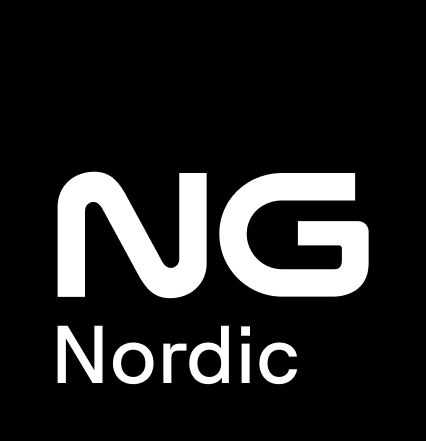
Pioneering Circularity

Company at a glance
By transforming waste into valuable resources and removing hazardous substances from circulation, we are avoiding emissions and protecting natural ecosystems. With a strong presence across the Nordics, and in Poland and the UK, we operate through 90 processing facilities and sites, managing around 4.4 million tons of waste annually. We are a vital part of the Nordic industrial infrastructure, now generating EUR 1.2bn in revenue with a team of ~3,400 employees.
- Year acquired
- 2018
- Revenue
- EUR 1.310bn
- Location
- Europe
- Employees
- 2421
- Website
- https://www.ngnordic.com
- Investment theme
- Circularity
- Contact
- hannah.jacobsen@summaequity.com
- SDG alignment
11, 12, 13
What are the challenges NG Nordic addresses?
-
only 40%
of total waste generated in Europe is currently recycled
-
119m
tonnes of hazardous waste generated in Europe in 2022 requesting proper treatment and depollution
How does NG Nordic help?
-
Reality today
Current materials system accounts for ~1/3 of global CO2 emissions, causing damage to our biodiversity and exhausting our natural resources at an unsustainable rate.
-
NG approach
NG is a critical player for the European material system transition – handling ~2 million mt waste, scaling access to circular raw materials through reuse, collection, recycling and depollution, while being 77% Taxonomy-aligned.
-
Aspirational future
A circular economy and materials system where waste is treated as a valuable resource and raw material, with depollution processes implemented to remove contaminants and pollutants from these waste streams, ensuring the recovered materials are safe and suitable for reuse.
-
Who is impacted?
NG serves more than +40k industrial, commercial and municipal customers, helping to reduce negative impact on the environment from natural resource extraction by enabling access to recycled materials and reducing their GHG emissions.
-
Contribution
NG effectively treats ~2 million mt waste, contributing to the decrease of CO2 emissions and the need for extraction of virgin raw materials. With 77% taxonomy alignment, NG demonstrates contribution to climate change mitigation, pollution prevention, and the transition to a circular economy.
-
Risks to impact
Health and safety is a top priority for NG, due to the inherent risks related to working with heavy machinery, vehicles and hazardous waste treatment. In addition, NG’s activities entail an inherent risk of environmental harm in the form of air, soil, or water pollution.

















